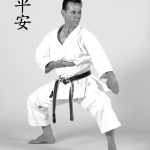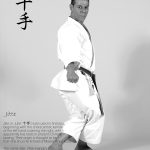
Seipai is an advanced kata from Naha-te system which has been introduced in Okinawa through Higaonna Sensei, with it’s fairly slow tempo and rooted stances, particularly the use of Sanchin Dachi and Shiko Dachi. There are many effective techniques for … Continue reading























